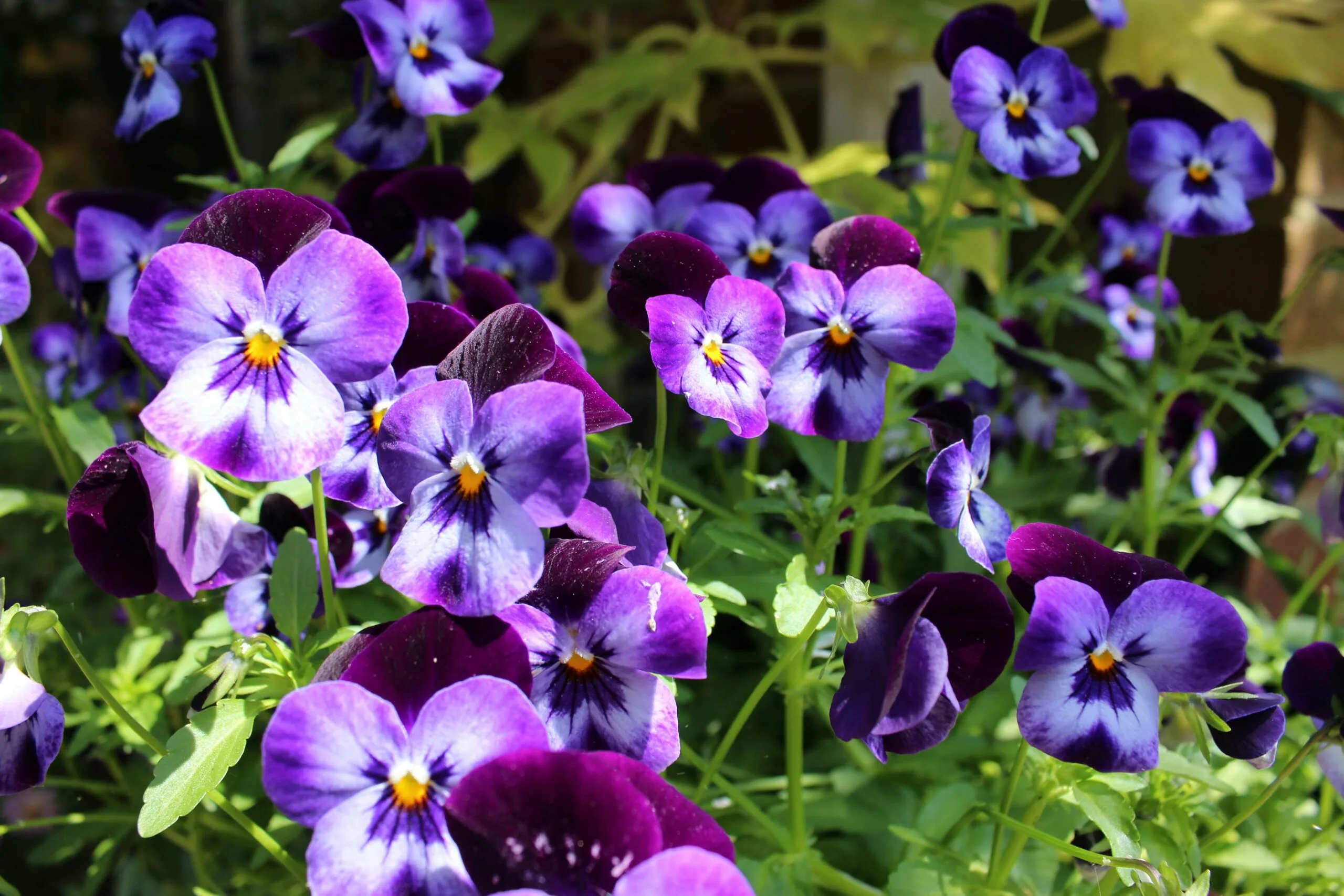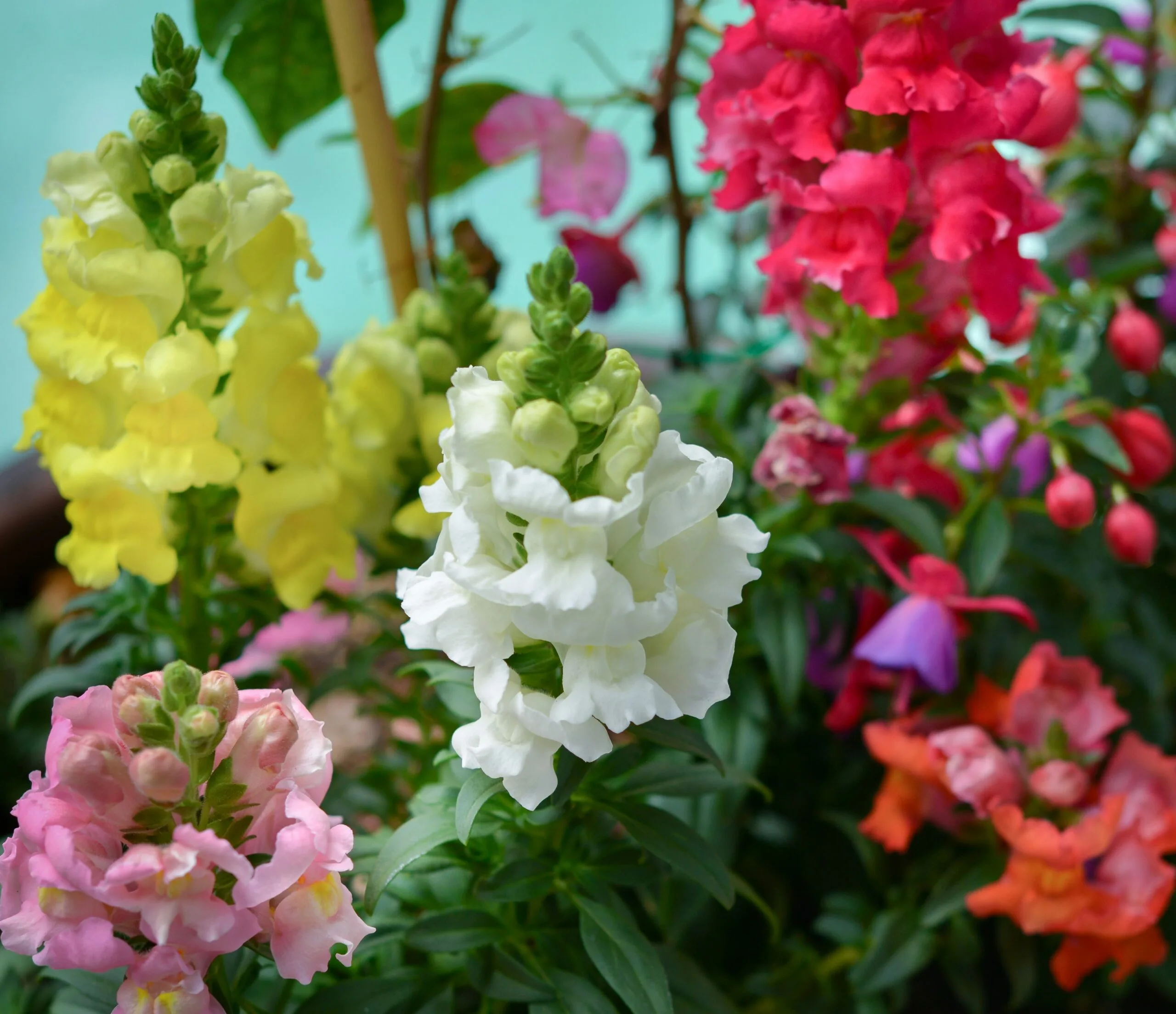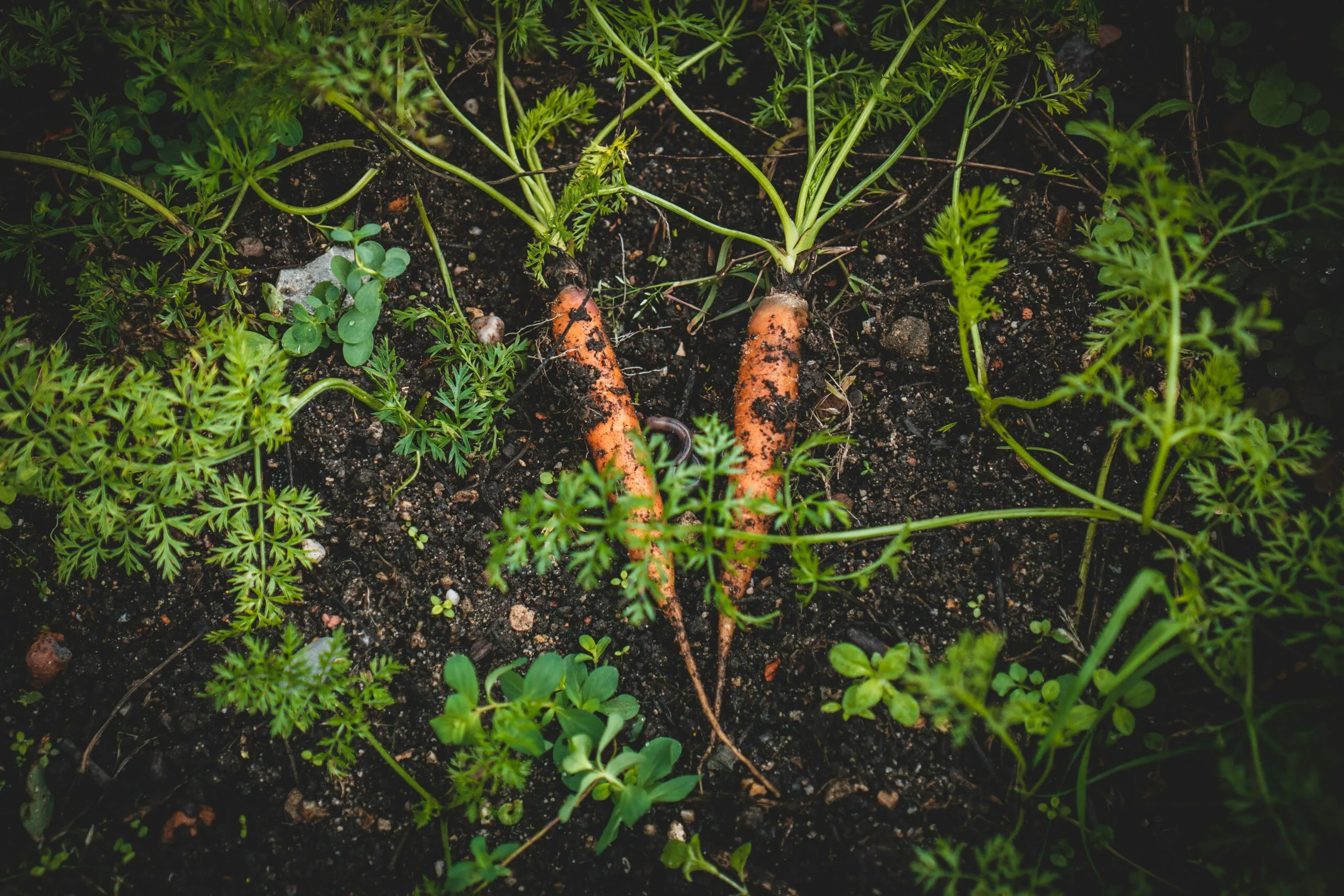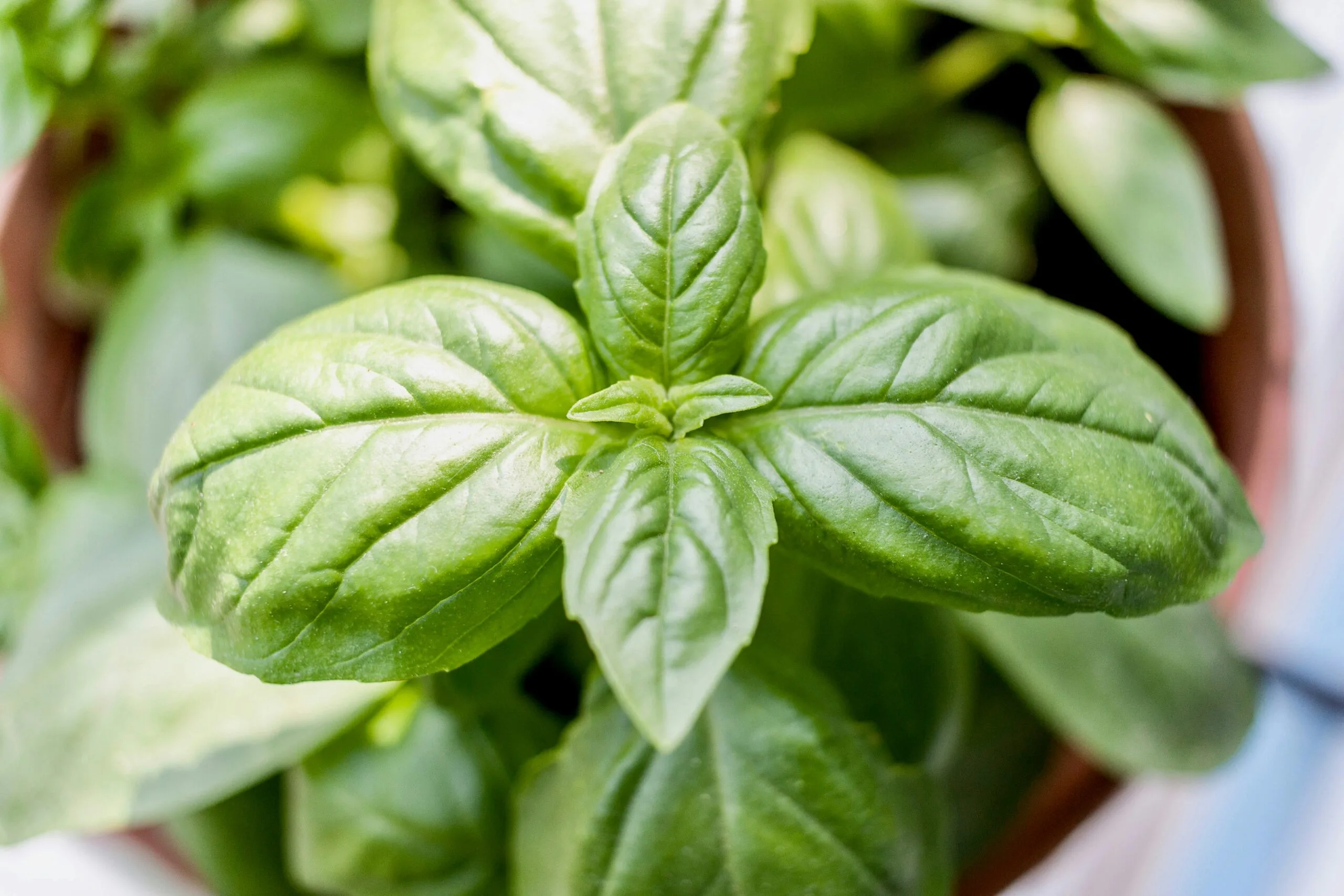Understanding the Spring Gardening Season
There’s something magical about May. The chill of winter has finally eased its grip, the days grow longer and warmer, and the garden begins to hum with life again. Whether you’re a seasoned gardener or just dipping your toes into the world of backyard blooms and homegrown veggies, May is a pivotal month for planting. It’s the time when the soil is just right, the sun hangs around a little longer, and you can almost feel nature nudging you to get your hands in the dirt.
This month serves as a fresh start—a transition from dormancy to growth, from planning to planting. It’s when the garden transforms from a vision in your head to something tangible and vibrant right outside your door. If you’ve been itching to get outside and bring color, flavor, and life to your space, May is your golden window.
Let’s walk through some of the best flowers, vegetables, and herbs to plant this month, plus a few helpful tips to make the most of your spring gardening season, no matter your experience level or USDA hardiness zone.
Note: To find your own USDA Plant Hardiness Zone, please check out this article!
Best Flowers to Plant in May
As the risk of frost fades and the days warm up, many flowers are just waiting for their moment to shine. May is an excellent time to plant a variety of blooms that will carry you through summer with color, fragrance, and pollinator-friendly beauty. Among the best flowers to consider planting this month are pansies, snapdragons, and coreopsis.

Don’t let their dainty faces fool you! Pansies are tough cookies. While they prefer full sun to partial shade, these cheerful blooms handle cool temperatures like pros and come in an array of rich jewel tones and pastel hues. They’re great for borders, containers, and window boxes. Just make sure the soil is well-drained and that you give them a little deadheading love to keep them blooming longer.

Snapdragons, with their unique shape and robust colors, are another excellent option for May planting. These vertical beauties add drama and whimsy to any garden bed. Snapdragons thrive in full sun and can handle cooler weather better than most summer flowers. Their spiky shape also makes them perfect for cutting and bringing indoors—because why shouldn’t your kitchen counter enjoy the garden too? Regular watering during dry spells is essential, especially in the early weeks after planting.

If you’re after a low-maintenance perennial with a big payoff, coreopsis (or tickseed) is it. This resilient plant can flourish in various soil types, although it thrives best in sandy or loamy soils with good drainage. Bright yellow flowers (and sometimes pink or red varieties) pop in the sunshine and attract butterflies like a magnet. They’re drought-tolerant once established and add a happy splash of color to native or cottage-style gardens. To maintain their vigor, deadheading spent blooms will maximize their flowering potential throughout the season.
In addition to these recommendations, gardeners should consider the local climate and specific site conditions. Implementing appropriate watering and fertilization practices will also enhance the success of these blooms. By choosing the right flowers and providing proper care, gardeners can ensure a vibrant and colorful display throughout the spring months.
Bonus Blooms:
- Zinnias (start from seed now for summer flowers)
- Calendula (beautiful and medicinal)
- Cosmos (great in wildflower mixes and cottage gardens)
Remember, flowers aren’t just for show. Many also attract pollinators like bees and butterflies, which are essential allies in your garden’s ecosystem.
Top Vegetables to Plant in May
If you’ve ever tasted a sun-warmed cherry tomato fresh off the vine or pulled your own crunchy carrot from the ground, you know there’s nothing quite like homegrown produce. May is a fantastic time to start planting a wide variety of veggies, especially if you want to enjoy a continuous harvest into summer and fall.

Sugar snap, snow, or shelling—whichever kind of pea you prefer, mid-April or early May is prime time to get them in the ground (if you haven’t already). These cool-weather crops grow fast and love climbing a trellis or netting. They don’t need much to thrive—just well-drained soil, some sunshine, and a little support. As these plants develop, it is essential to monitor for pests such as aphids, which can be managed organically with neem oil or insecticidal soap.

Spinach is quick to mature and full of nutrients, making it a win-win for your garden and your kitchen. You can harvest the baby leaves early or let them grow larger for heartier salads and sautés. Keep it well-watered and provide a little afternoon shade if the temps start to climb.

Carrots, as root veggies, may take a little longer to mature (about 70–80 days), but they’re well worth the wait. Loose, sandy soil is ideal, and spacing is key—thin them early to give each root room to grow. Pro tip: carrot tops are edible too! Use them in pesto or toss them into soups for a little extra garden goodness.
In conclusion, planting peas, spinach, and carrots in May not only enhances the diversity of your garden but also leverages the ideal conditions for these vegetables. By paying attention to their specific needs and implementing organic practices to deter pests, gardeners can ensure a healthy and productive spring harvest.
Other Veggies to Consider in May:
- Lettuce (great for succession planting)
- Radishes (fast and satisfying for beginners)
- Green beans (bush or pole varieties)
- Beets (root and greens are both delicious)
Herbs to Start Growing in May
If you love to cook or just enjoy brushing your hand over fragrant leaves as you pass through the garden, herbs are a must. And the best part? Most herbs are incredibly easy to grow, even in containers or small spaces like balconies and patios.

Warm, fragrant, and fast-growing, basil is a quintessential herb for late spring. It loves the heat, so wait until the nights are reliably warm before planting outside. Plant it in well-draining soil and pinch off the tips regularly to encourage bushier growth and prevent early flowering. With regular watering and protection from harsh winds, basil can flourish, producing aromatic leaves perfect for pesto or as a seasoning for various Italian dishes.

Cilantro, known for its distinct flavor, is another excellent choice for May planting. This herb grows best in cooler temps, so if you’re in a warmer climate, get it in the ground early in May. Cilantro bolts quickly in the heat, so consider succession planting every few weeks to keep your harvest going.

Parsley is a versatile herb that can adapt to various growing conditions. Flat-leaf or curly, parsley is a surprisingly hardy herb that adds a fresh flavor to everything from tabbouleh to pasta. It grows well in partial shade and appreciates consistent watering. As a bonus, it’s also a host plant for swallowtail butterflies!
Extra Tips:
- Herbs are perfect for pots, especially if you want to keep them near your kitchen for quick snipping. Just make sure containers have good drainage and are positioned to catch morning or midday sun.
- As temperatures rise, your plants will need more water, but that doesn’t mean you need to flood them. Water deeply and less frequently to encourage strong root systems. Early morning watering is best so plants can dry off during the day (and avoid fungal diseases).
- A layer of organic mulch—like shredded leaves, bark, or straw—can help retain moisture, regulate soil temperature, and keep weeds at bay. Plus, it gives your garden that tidy, finished look.
- Healthy soil = healthy plants. Before planting, mix in compost or a balanced organic fertilizer to give your seedlings the nutrients they need to thrive.
- Flowers and herbs that attract bees, butterflies, and beneficial insects can increase your yields and help maintain a healthy garden ecosystem. Plant in clusters to make it easier for pollinators to find and enjoy your blooms.
Final Thoughts: Your Garden, Your Way
Whether you have a spacious backyard, a few raised beds, or a balcony with a couple of pots, May is your month to plant with confidence and creativity. It’s a time of hope, growth, and a little dirt under your nails: a reminder that nature moves forward, and we get to be part of the process.
So go ahead, choose a few flowers to brighten your day, plant some herbs to flavor your meals, and dig into those garden beds with intention and joy. Your spring garden doesn’t have to be perfect. It just has to be yours. Let this be your gentle nudge to take that step, start small if you need to, and trust that each seed holds the promise of something beautiful.
Happy planting, and may your garden bloom with life, color, and plenty of little wins along the way.
Disclaimer: Gardening advice on this site is shared for educational and recreational purposes only. Local climate, soil, and environmental factors can affect outcomes. Please research region-specific practices and consult gardening experts for personalized advice.

